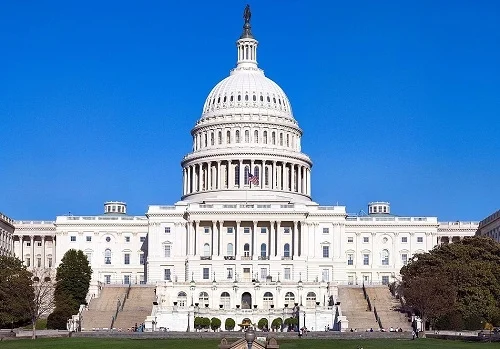What a Mifid II implementation delay needs to look like
16th November, 2015|External Author
Bloomberg believes that a delay should be targeted to ensure there is ample time to prepare
By Gary Stone, Chief Strategy Officer forBloomberg Trading Solutions
With 14 months until the current January 2017 MiFID II implementation deadlinelooming, the market began to breathe easier when a tweet, followed by speechesby officials, indicated that the European Commission is pushing for a blanketone-year extension to that deadline.
Expectations were tempered the following day when members of the European Parliamentindicated that a delay isn’t a done deal. The discussion around theimplementation date is going to be a fluid situation. However, it is importantthat any delay does not impact the delivery of the overriding policy objectivesto further increase market transparency and promote competition in EU markets. At Bloomberg we fully support these objectives and remain committed toachieving our MiFID II solutions by January 3, 2017. Our perspective, which isinformed by our active and constructive engagement with the market on Mifid II,is that an implementation delay needs to focus on extending “crunch time” – thetime between final National Competent Authorities (NCA) guidance and the finalimplementation date.
A sensible delay after national guidance
Currently, July 17, 2016, is the date thatthe NCAs are required to provide their directive guidance. Thus, it is only onJuly 18, 2016 that we will know what needs to be done and can finish designing,building and testing compliant systems.
July 18 to January 3, 2017 — that is the “crunch” period where relief is needed.An extension of this period will provide vendors and investment companies thenecessary time to design, build and adequately test solutions prior toimplementation compliance. A simple one-year push that equally pushes out the deadlines for the NCAguidance — and simply moves the “crunch” period of July 2016-January 2017 toJuly 2017-January 2018 will not help the market. A phased-in grace periodIf an extension cannot be agreed on, then another potential solution to the“crunch” period could be a phased-implementation approach, similar to theimplementation of the short-selling regulations a couple of years back and withthe Alternative Investment Fund Managers Directive (AIFMD).The deadline could remainat January 3, 2017, with Esma and the NCAs’ layering conformance with a softer compliancephase. The US has a “No Action” legal structure, but no such vehicle exists in Europe.However, Esma and the NCAs could take the posture during a set period that everyoneis mandated to be “live testing” what they have, but no one gets fined becausethe regulator focus is on working with the market to get it right. There would be tolerance for technology that may go on and off line during thisperiod. For example, systems miscues might be present in pre-trade and post-tradetransparency, as systems get synched up, and any discovery that not everythingis being transaction-reported would have a grace period. Of course, that periodwould need to have an end date when full conformance would be expected. In our opinion, industry and regulators working together to get theimplementation right and to achieve the goals and principles of the regulationis a prudent approach.


